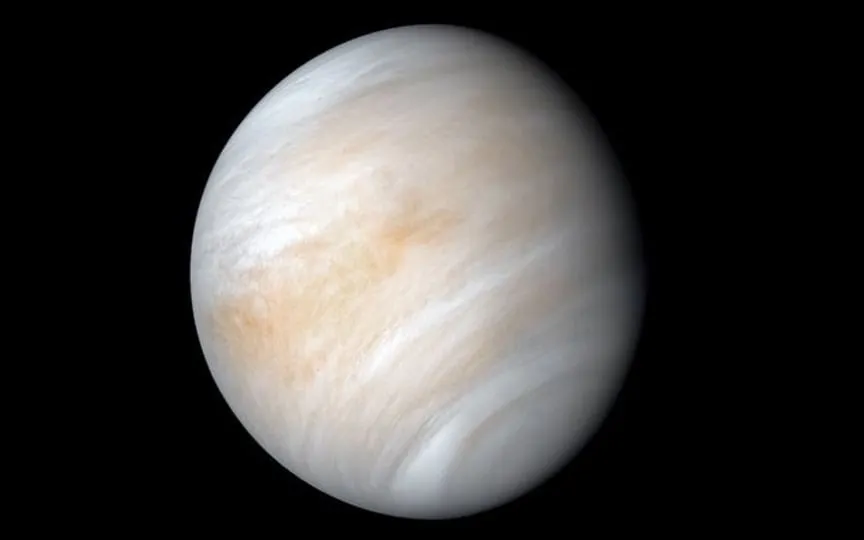Exploring the Universe’s Mysteries: ISRO to Launch Shukrayaan and XPoSat Missions
ISRO is fully prepared for its upcoming missions to Venus, Shukrayaan, and the X-Ray Polarimeter Satellite (XPoSat), following the successful Chandrayaan-3 and Aditya L-1 missions. Let’s delve deeper into what ISRO has planned.
XPoSat mission
In December this year, ISRO will launch XPoSat, also known as X-Ray Polarimeter Satellite. This satellite has a unique purpose: to study bright X-ray pulsars and stars that are nearing the end of their lives. It offers valuable insights into the secrets of the universe.
Shukrayaan’s mission
ISRO is gearing up for a Venus mission known as ‘Shukrayaan’. The purpose of this mission is to study Venus, the brightest planet in our solar system. Scientists have already defined the mission, and its scientific instruments are ready. ISRO plans to launch Shukrayaan in December next year, with orbits planned for the following year. This timing is crucial because it allows the spacecraft to reach Venus using as little propellant as possible. The next suitable launch window will not come until 2031.
In a recent speech at the Indian National Science Academy in Delhi, ISRO chief S. Somanath explained the importance of Venus exploration. Venus has a thick atmosphere with an atmospheric pressure 100 times that of Earth. It is a hostile environment, full of acids, and its surface is a mystery. Understanding Venus will help us understand that Earth will undergo similar changes in the distant future, TOI reported.
Venus: Earth’s nearest neighbor
Venus is Earth’s closest planetary neighbor, often called Earth’s twin due to its similar size and density. Other countries have previously launched missions to Venus, including the European Space Agency’s Venus Express and Japan’s Akatsuki Venus Climate Orbiter. NASA’s Parker Solar Probe has also made several flybys of Venus.
Future assignments
ISRO has ambitious plans for future missions. Somanath mentioned a satellite called ExoWorlds that studies exosolar planets – planets outside our solar system that orbit other stars. More than 5,000 exoplanets are known, of which at least 100 are believed to have atmospheres. The goal of the mission is to study these atmospheres to determine if they could support life. In addition, ISRO is in the planning stage of the Mars Lander mission.
In short, ISRO is taking significant leaps in space exploration with the upcoming missions – Shukrayaan and XPoSat. These missions expand our knowledge of the universe and potentially reveal new insights into the future of our own planet. ISRO’s dedication to scientific discovery promises exciting developments in space exploration.
One more thing! We are now on WhatsApp channels! Follow us there to never miss an update from the tech world. If you want to follow ReturnByte channel on WhatsApp, click here to join now!




